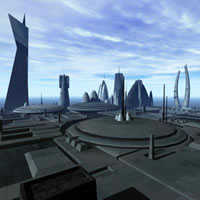Sustainability the new goal in home design
Domain A competitive return on investment is drawing more buyers to energy efficient homes, writes Amelia Barnes. The vast majority of Australian homes cannot be classed as sustainable. Often derivative of American or European architectural styles that aren’t designed for the country’s unique environment and context, Australian homes are historically poorly insulated and made from materials selected primarily to keep costs down. While the term “sustainable” is often used in design without true consideration of its definition, this most accurately means “a home that meets the needs of present generations without compromising on future generations”. Using efficient energy and materials both in production and in operation, a …





